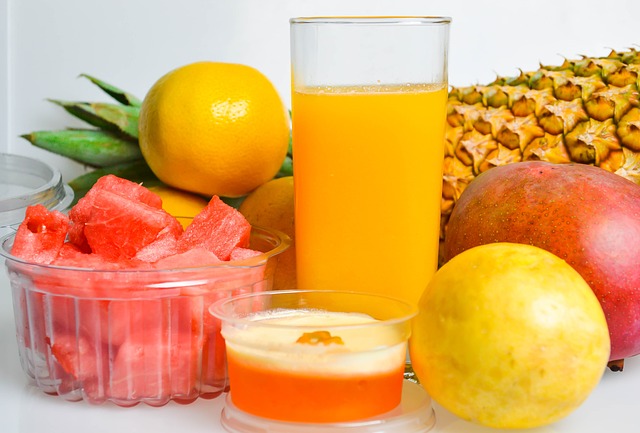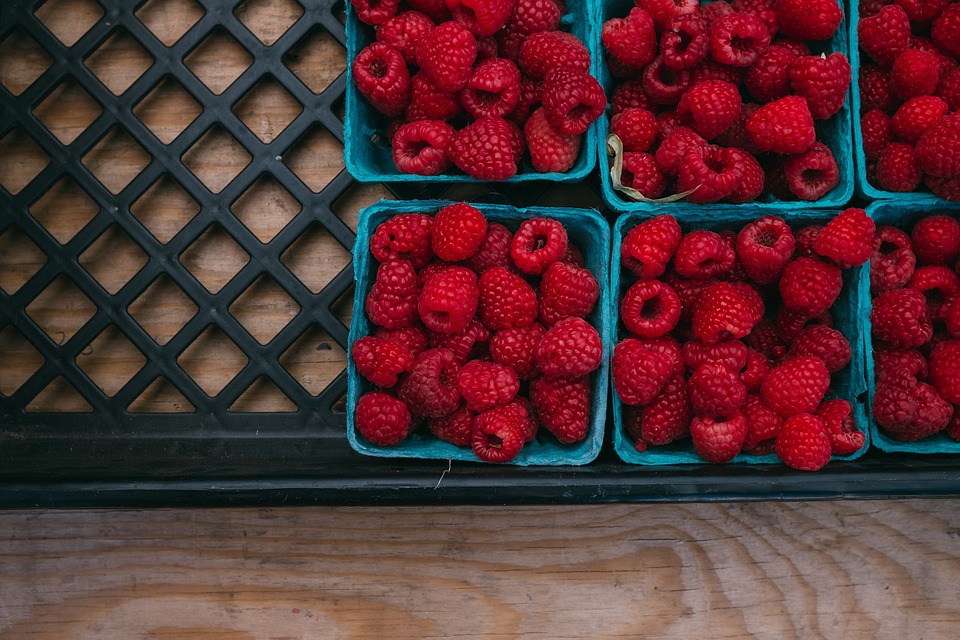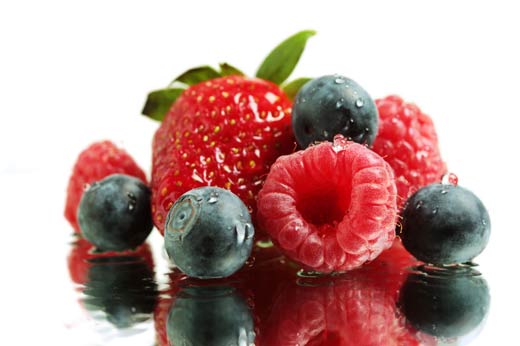 This cold and flu season it is likely with the recall of so many over the counter cold remedies, that home-made cold remedies will make a comeback this winter. One of the best known and oldest home-made remedies for “the winter miseries” is chicken soup.
This cold and flu season it is likely with the recall of so many over the counter cold remedies, that home-made cold remedies will make a comeback this winter. One of the best known and oldest home-made remedies for “the winter miseries” is chicken soup.
Moses Maimonides, the 12th century physician, prescribed chicken soup for those suffering with cold and asthma symptoms. Before pharmaceutical and over-the-counter medicines were prescribed, chicken soup was the natural remedy of choice for cold and flu symptoms. It was consumed in copious doses, until the sufferer was up and about and on their way to wellness.
Until fairly recently it was not scientifically known why chicken soup worked so well for the common cold. Chicken soup was certainly not taken seriously in the medical community as a legitimate cold remedy. However, all speculation about chicken soup came to an end when research out of UCLA Medical School and the University of Nebraska was published on the benefits of the tasty broth.
When chicken is cooked it releases an amino acid called cysteine into the broth of the soup. This amino acid is similar to acetylcysteine, a drug commonly prescribed for bronchitis. Acyteine has the ability to breakdown mucous proteins found in the lungs.
In addition, chicken soup is also cooked with carrots, onions, often garlic, and celery with greens, it also contains quercetin, a powerful anti-oxidant from the onions and garlic, along with beta-carotene, vitamin A and potassium from the celery and carrots. In addition the bone content of calcium and other trace minerals also get released from the cooking.
Chicken soup is a great winter comfort food. Some folks find their favorite canned version while others make it from scratch. Chicken soup is a healthy, comforting and simple food to make and a great substitute for over the counter medications that may do harm. Whether store bought or home made it is a natural and delicious cold remedy.







